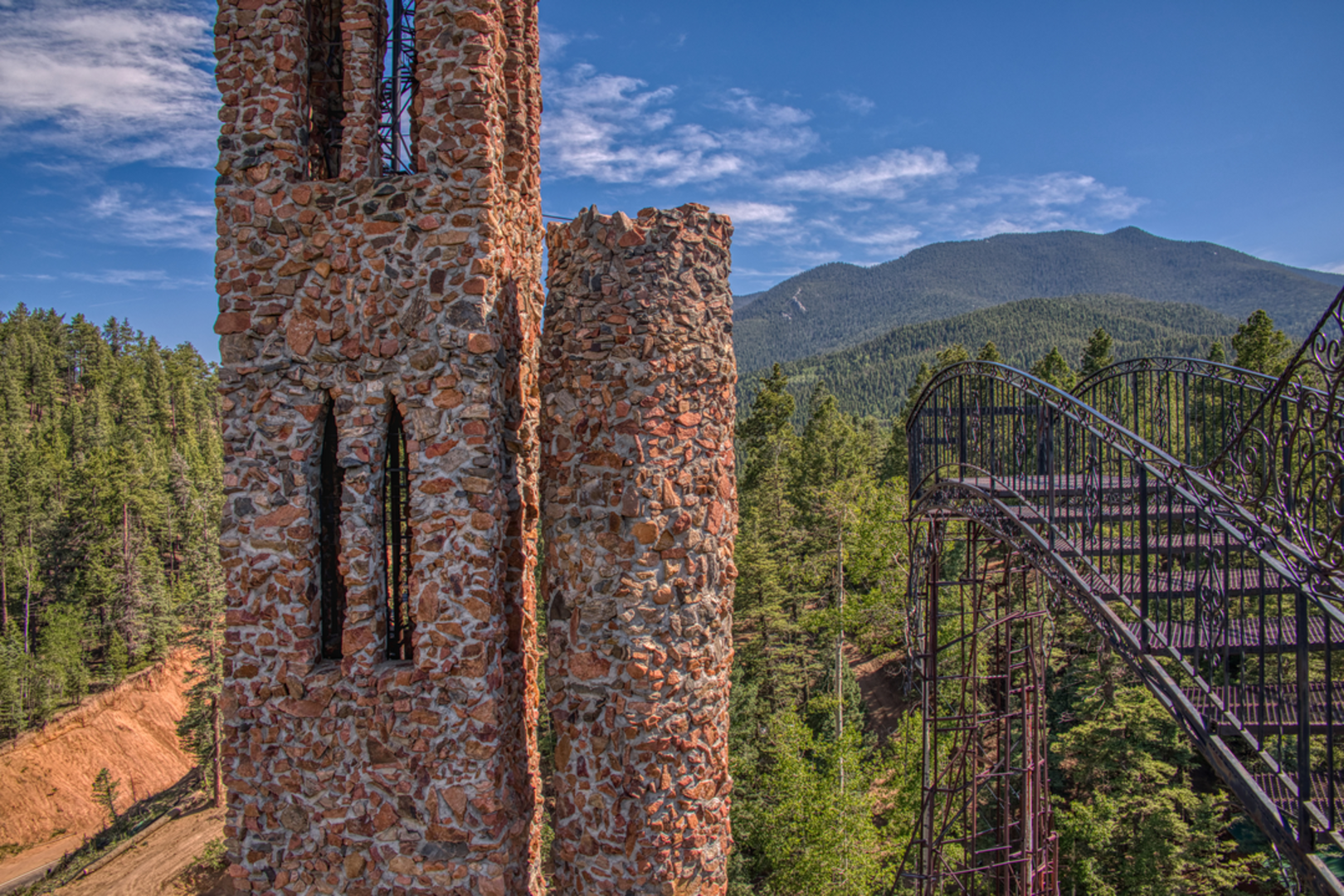Download
Preview
Add to list
More
16.0 km
~4 hrs 47 min
962 m
Loop
“Embark on the challenging Second Mace Trail for a historic and scenic high-altitude Colorado adventure.”
The Second Mace Trail, nestled near Custer County, Colorado, offers an invigorating loop that spans approximately 16 kilometers (about 10 miles) with an elevation gain of around 900 meters (nearly 2950 feet), presenting a challenging adventure for seasoned hikers. This trail is rated as difficult due to its steep inclines and rugged terrain, so it's essential to be well-prepared before embarking on this journey.
Getting to the Trailhead To reach the trailhead, if you're driving, navigate towards Custer County, located in the central Colorado mountains. The nearest significant landmark is the town of Westcliffe, Colorado. From Westcliffe, take Highway 69 south for about 15 kilometers (9 miles) until you reach the well-marked turnoff for the trailhead on the right side of the road. Parking is available near the trailhead. For those relying on public transport, options are limited, and it's advisable to check local resources for the latest schedules and routes to Westcliffe, followed by a taxi or shuttle service to the trailhead.
Navigating the Trail As you begin your hike, the initial section of the Second Mace Trail is deceptively gentle, meandering through a mix of aspen and pine forests. The path then starts to ascend more steeply, and hikers should be prepared for a series of switchbacks that will test their endurance. It's crucial to have a reliable navigation tool like HiiKER to track your progress and ensure you stay on the correct path, as there are several junctions that could lead to confusion.
Landmarks and Scenery At approximately the 4-kilometer (2.5-mile) mark, you'll encounter the first significant landmark, an old miner's cabin that dates back to the late 1800s. This region was once bustling with mining activity, and the cabin serves as a historical reminder of those bygone days. As you continue, the trail offers breathtaking views of the Sangre de Cristo Mountains, with opportunities to spot local wildlife such as mule deer, elk, and various bird species, including the majestic bald eagle.
Flora and Fauna The trail traverses diverse ecosystems, from dense woodlands to alpine meadows bursting with wildflowers in the spring and summer months. The higher elevations are home to hardy species like bristlecone pines, some of the oldest living organisms on Earth. Hikers should be aware of the potential for encounters with wildlife and should keep a safe distance, especially from larger mammals like black bears, which are native to the area.
Final Ascent and Descent The most challenging part of the hike is the final ascent to the trail's highest point, which offers panoramic views that are well worth the effort. After soaking in the scenery, the descent begins, which can be quite steep and requires careful footing. Trekking poles are highly recommended to assist with balance and reduce the impact on your knees.
Preparation and Safety Given the trail's difficulty, it's essential to be in good physical condition and to carry sufficient water, as there are no reliable water sources along the route. Weather in the mountains can change rapidly, so be sure to pack layers of clothing, including rain gear. It's also wise to inform someone of your hiking plans and expected return time.
Remember, the Second Mace Trail is a backcountry experience that demands respect for the natural environment and adequate preparation. With the right gear, a sense of adventure, and a cautious approach, hikers can enjoy the rugged beauty and historical significance of this remarkable Colorado trail.
Comments and Reviews
User comments, reviews and discussions about the Second Mace Trail, Colorado.
4.33
average rating out of 5
3 rating(s)
